Time Periods
Paleolithic
Mesolithic
Neolithic
Chalcolithic
Bronze Age
Iron Age
Classical Period
Post-Classical Period
Early Modern Period
Industrial Period
Contemporary Period
Time Periods
Paleolithic
Mesolithic
Neolithic
Chalcolithic
Bronze Age
Iron Age
Classical Period
Post-Classical Period
Early Modern Period
Industrial Period
Contemporary Period
Location
About
Seville, originally founded as the Roman city of Hispalis, is a historically rich city located in the southwest of the Iberian Peninsula. It has been a significant cultural and trade center through various periods, including Roman, Islamic, and Castilian rule. The city contains a UNESCO World Heritage Site and features a blend of architectural styles reflecting its diverse cultural influences. This includes Roman defensive walls and aqueducts, Islamic mosques adapted into churches, and the grand Gothic cathedral. The 16th century marked Seville's peak as a trade hub of the Spanish Empire, while the 17th century was a cultural high point during the Baroque period. Seville's historical architecture, including palaces, plazas, and theaters, provides a testament to its complex history.
Gallery
Explore photographs of ancient structures, artifacts, and archaeological excavations at Seville
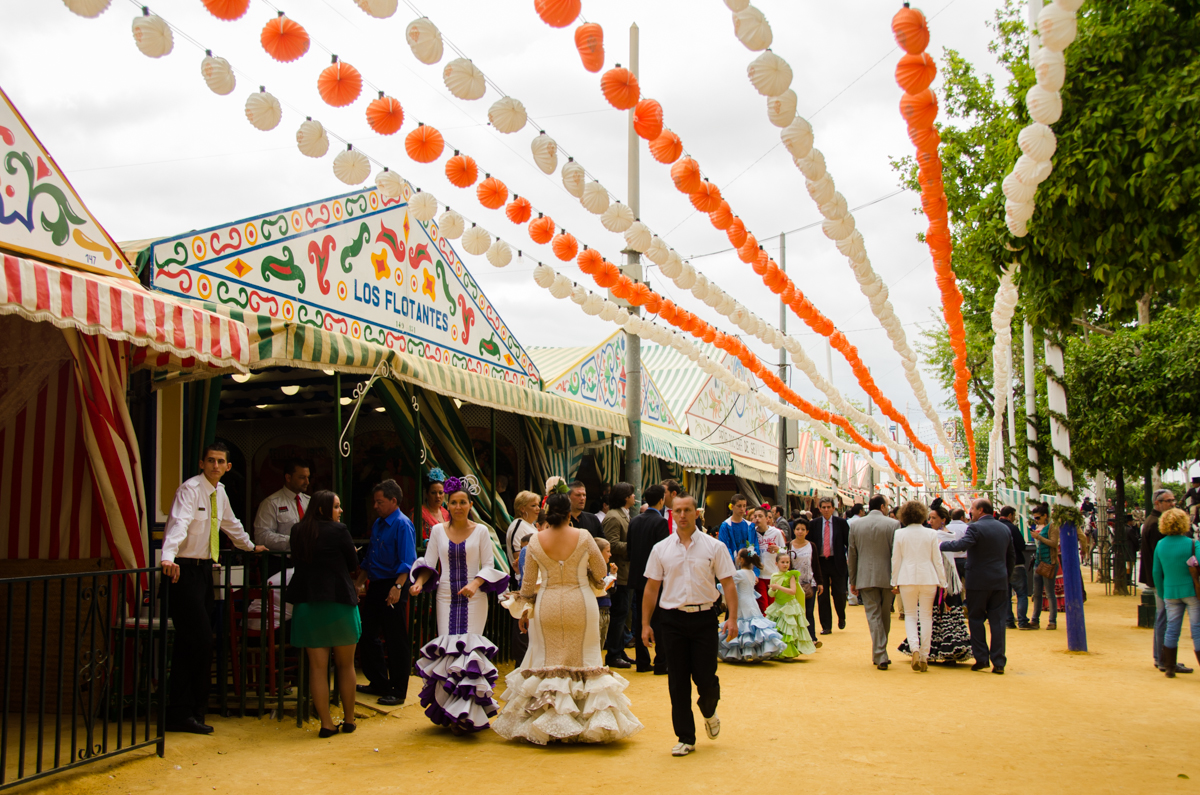
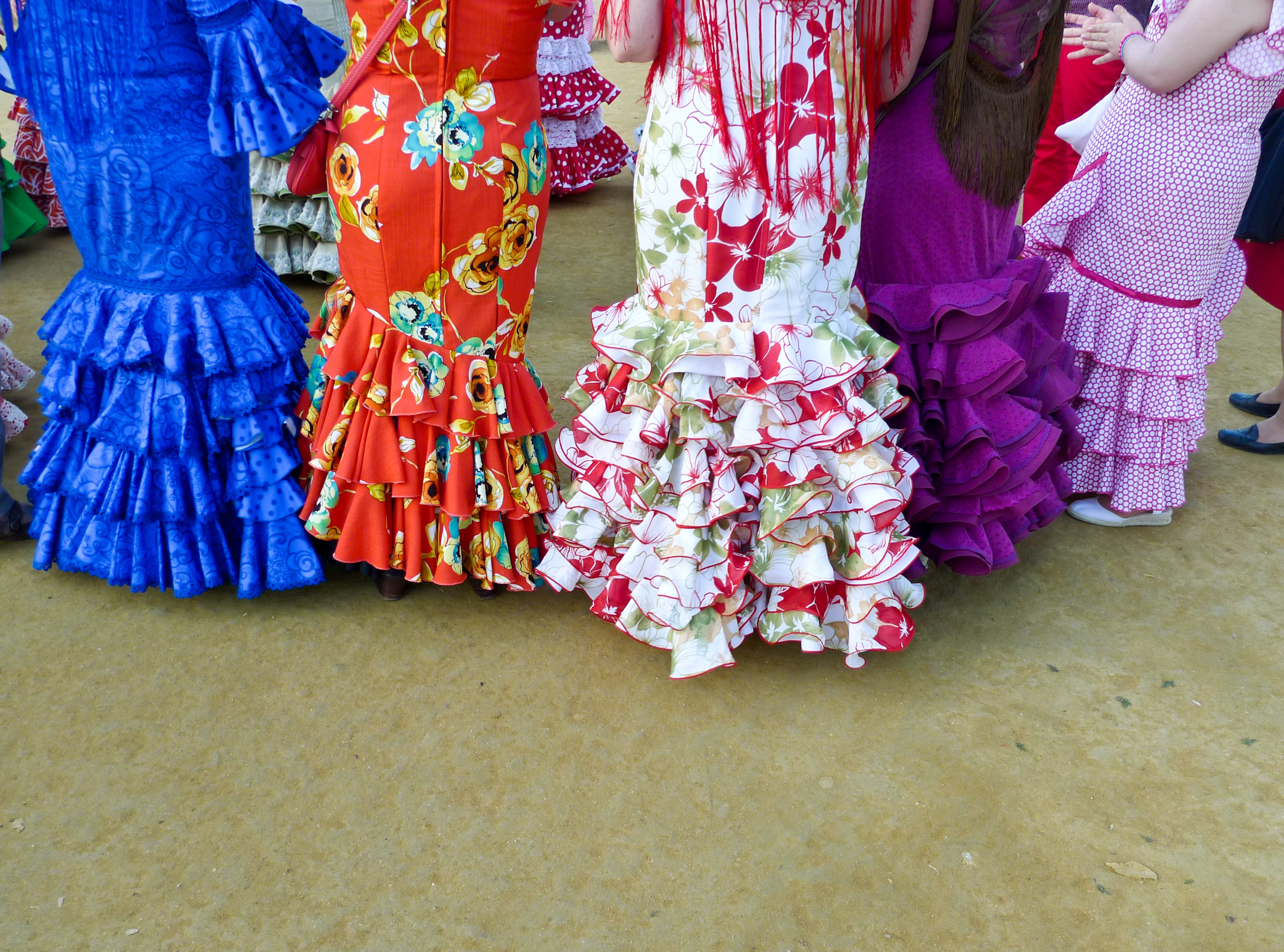

Archaeological Features
Explore the unique architectural and cultural elements found at this historical site
Defensive Structures
Water Management Features
Public and Civic Structures
Religious and Ritual Structures
Artistic and Decorative Features
Domestic and Habitation Structures
Historical Timeline
Journey through time and discover key events in this site's archaeological history
Plan Your Visit
Details
- Country
- Spain
- Source
- Wikipedia
More Sites in Spain
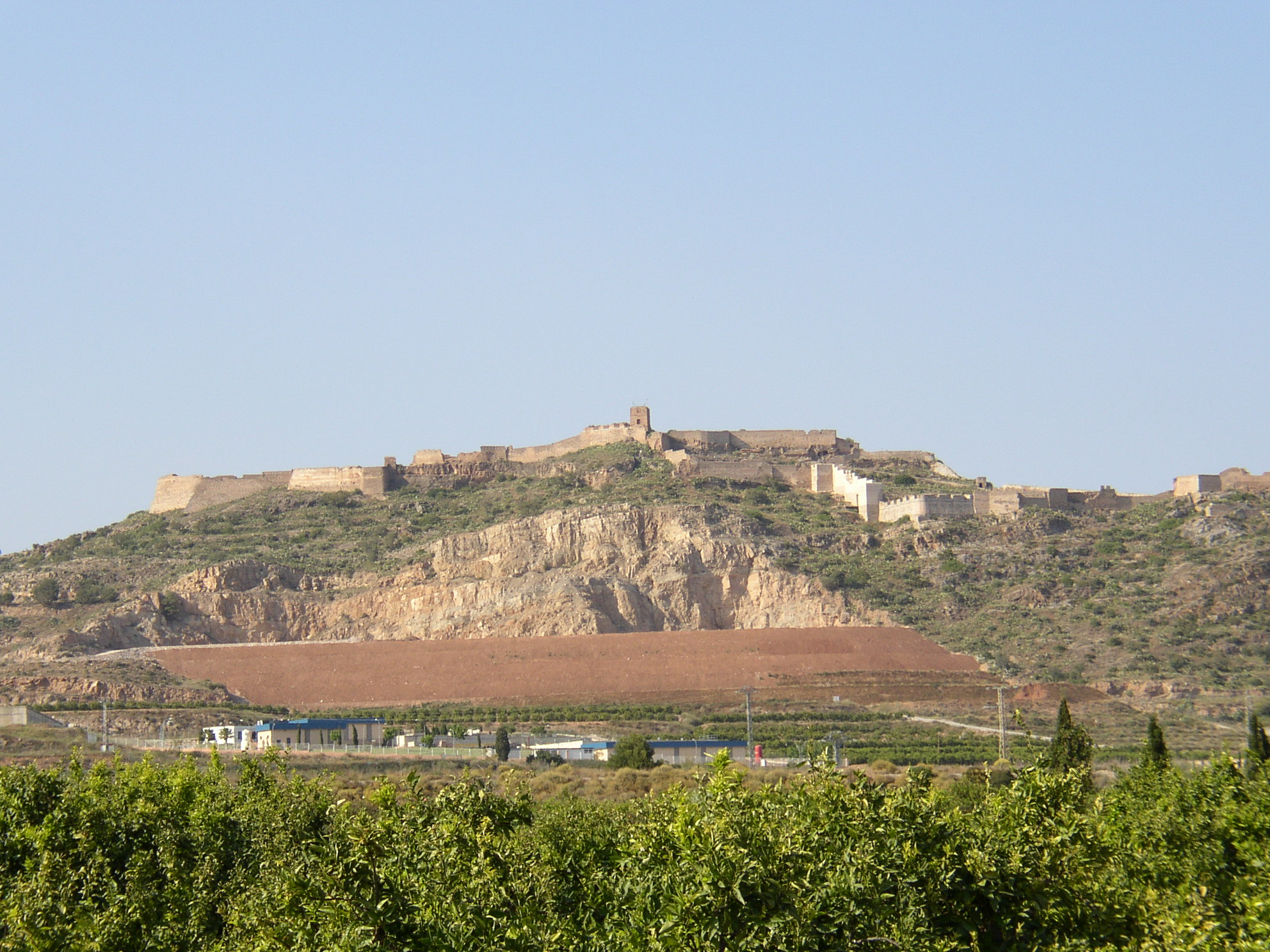
Sagunto
Ancient Iberian and Roman city remains
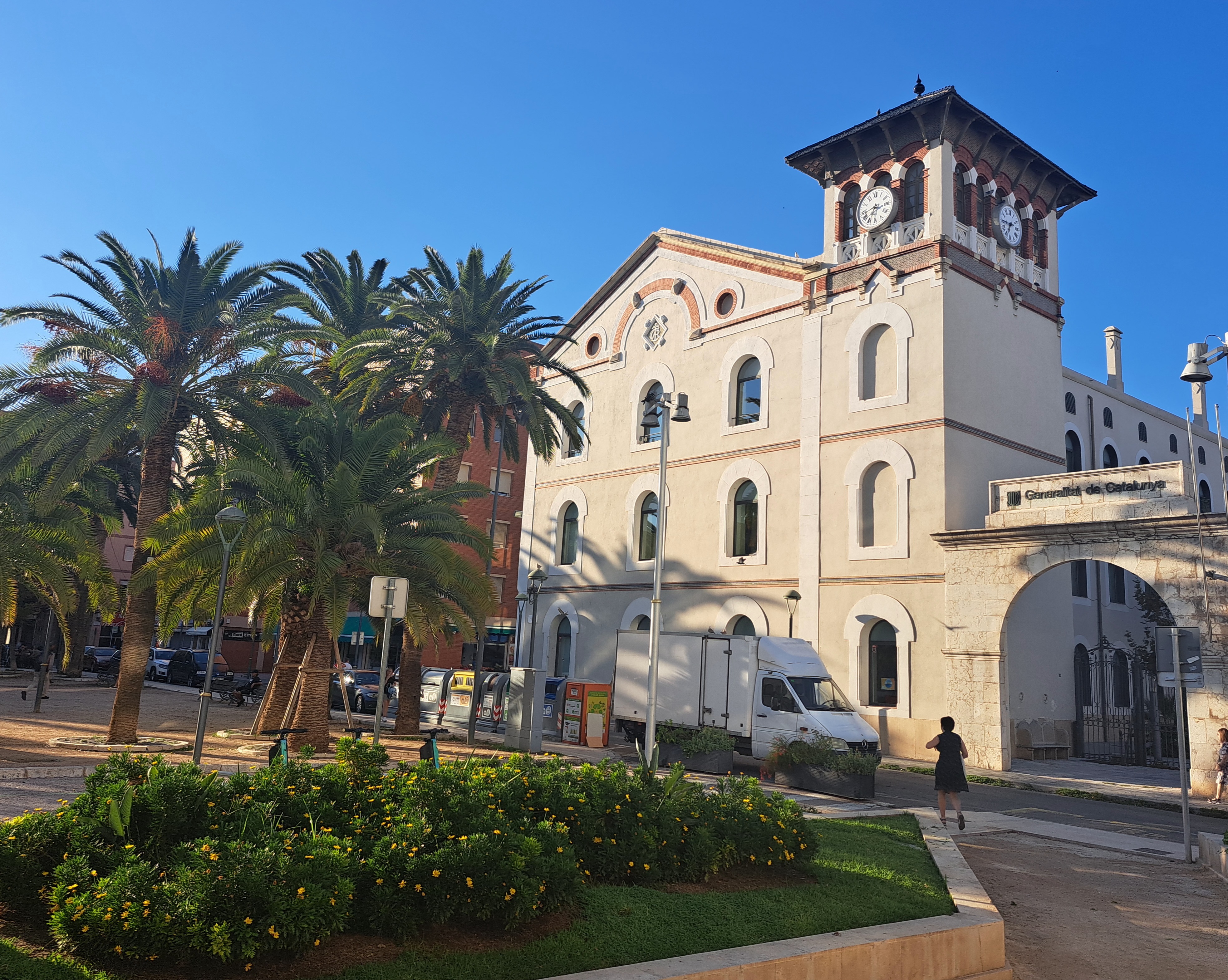
Tarragona
Roman heritage site with ancient ruins
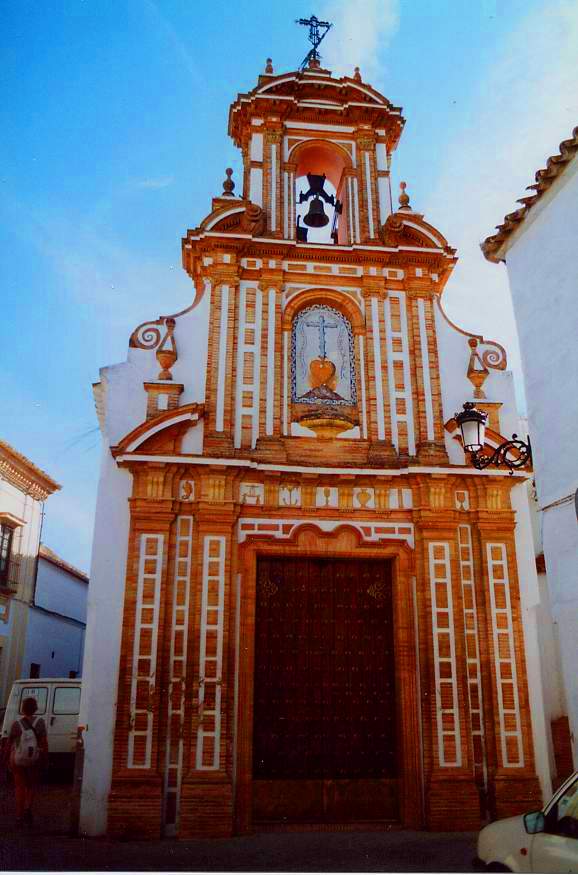
Carmona, Spain
Historical city with rich archaeological layers
Cieza, Murcia
Archaeological site with multi-period remains.
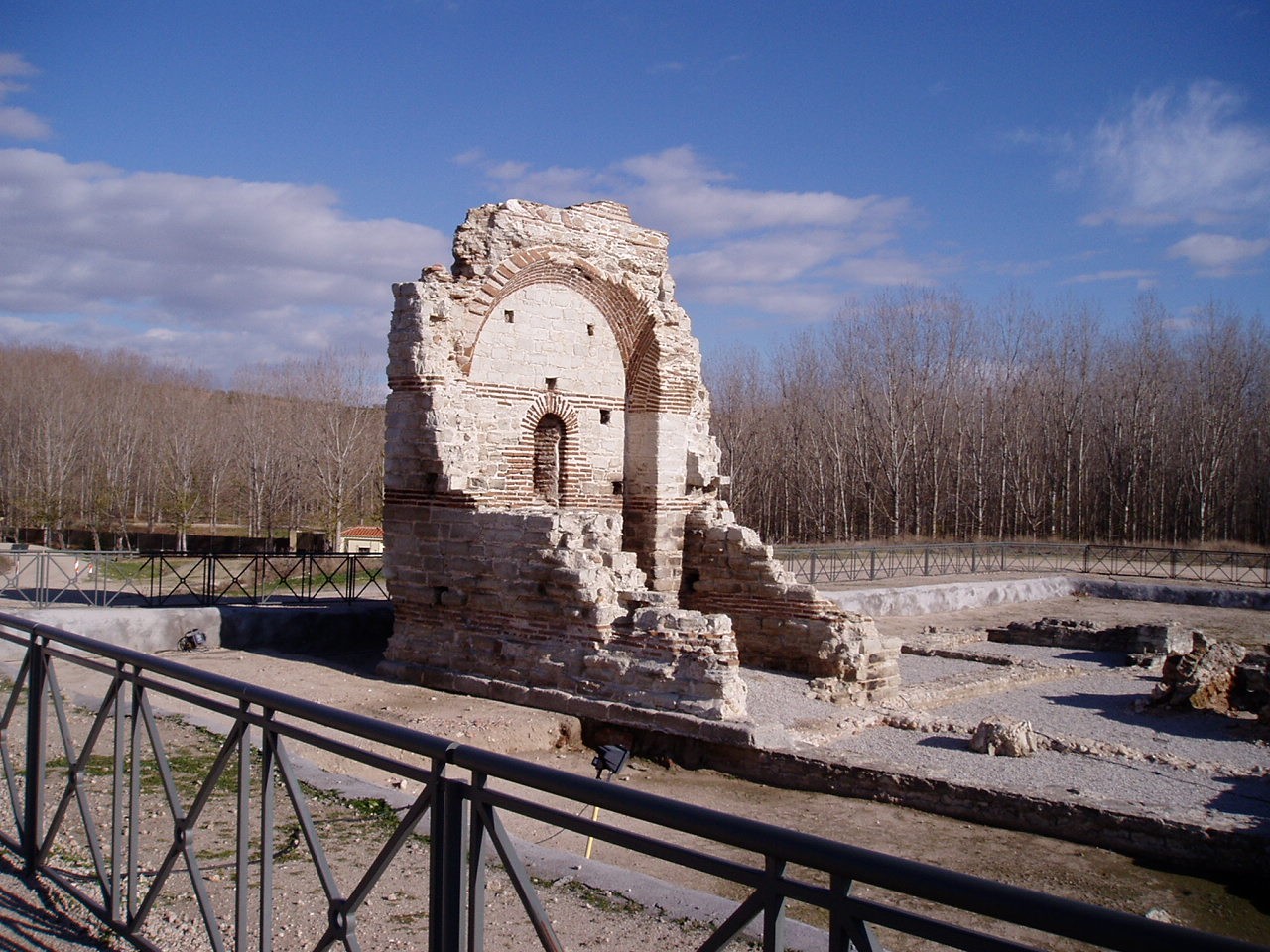
Carranque
Roman villa with mosaics and basilica
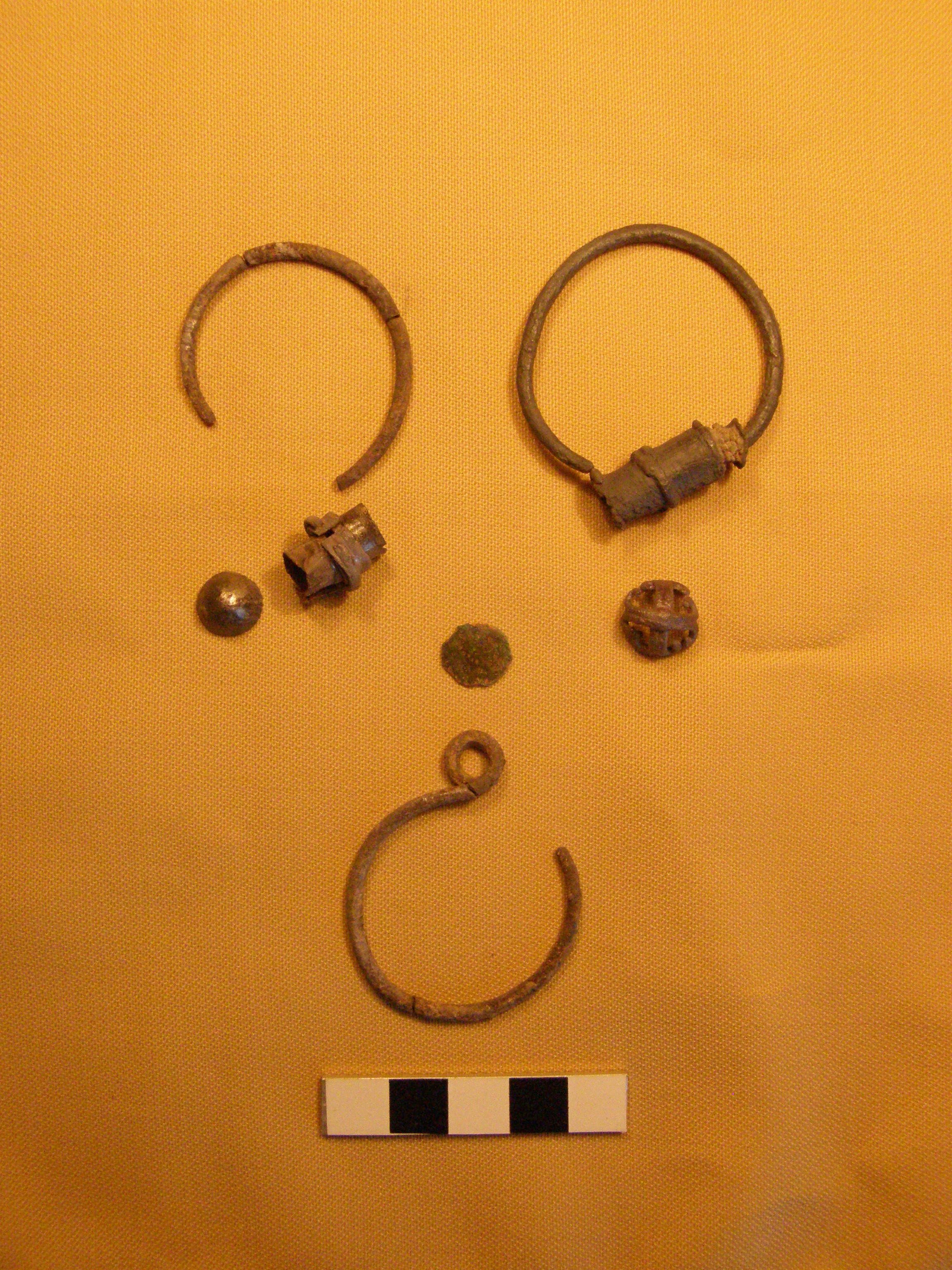
Sanisera
Ancient Roman city on Menorca's coast
